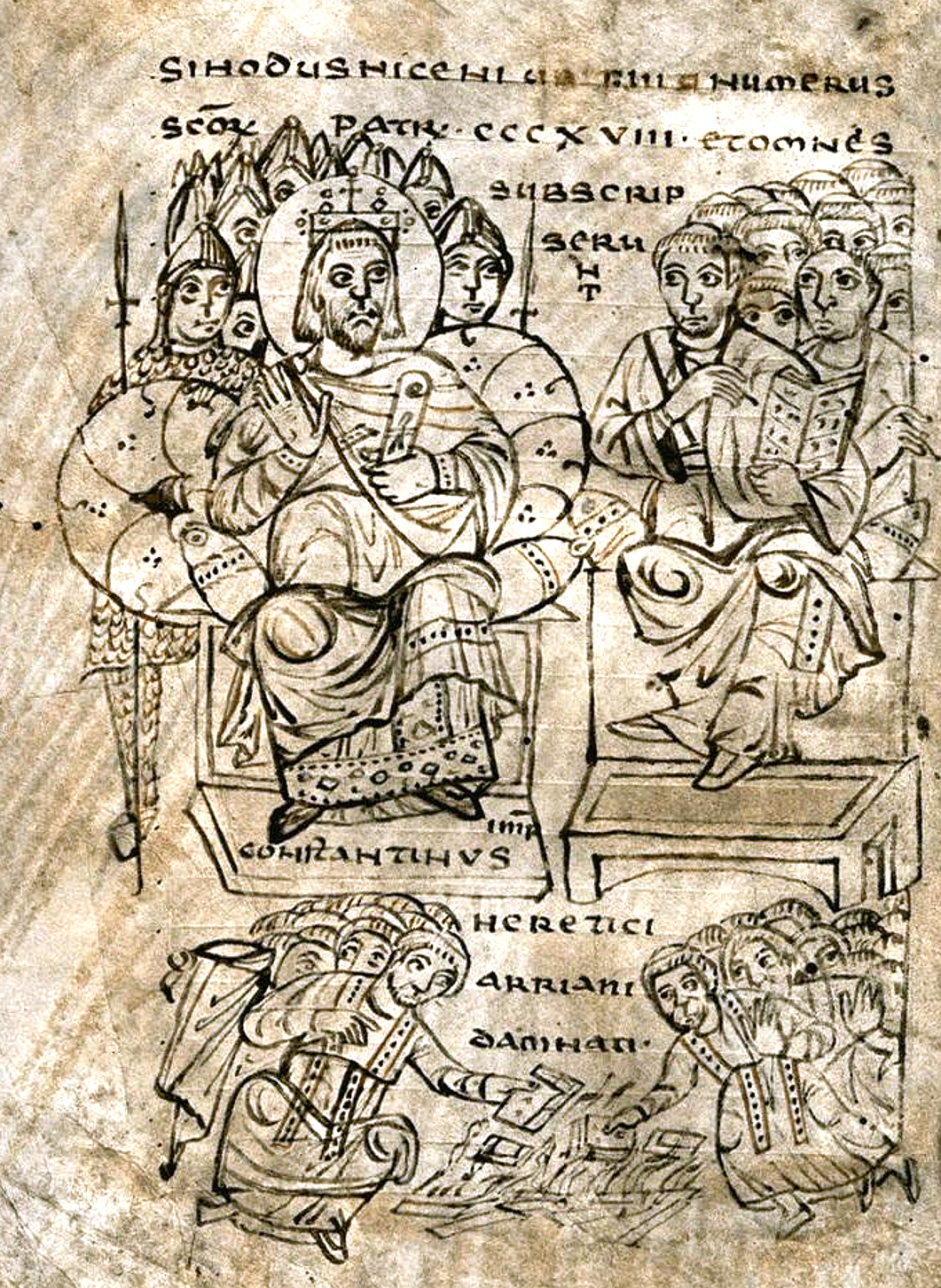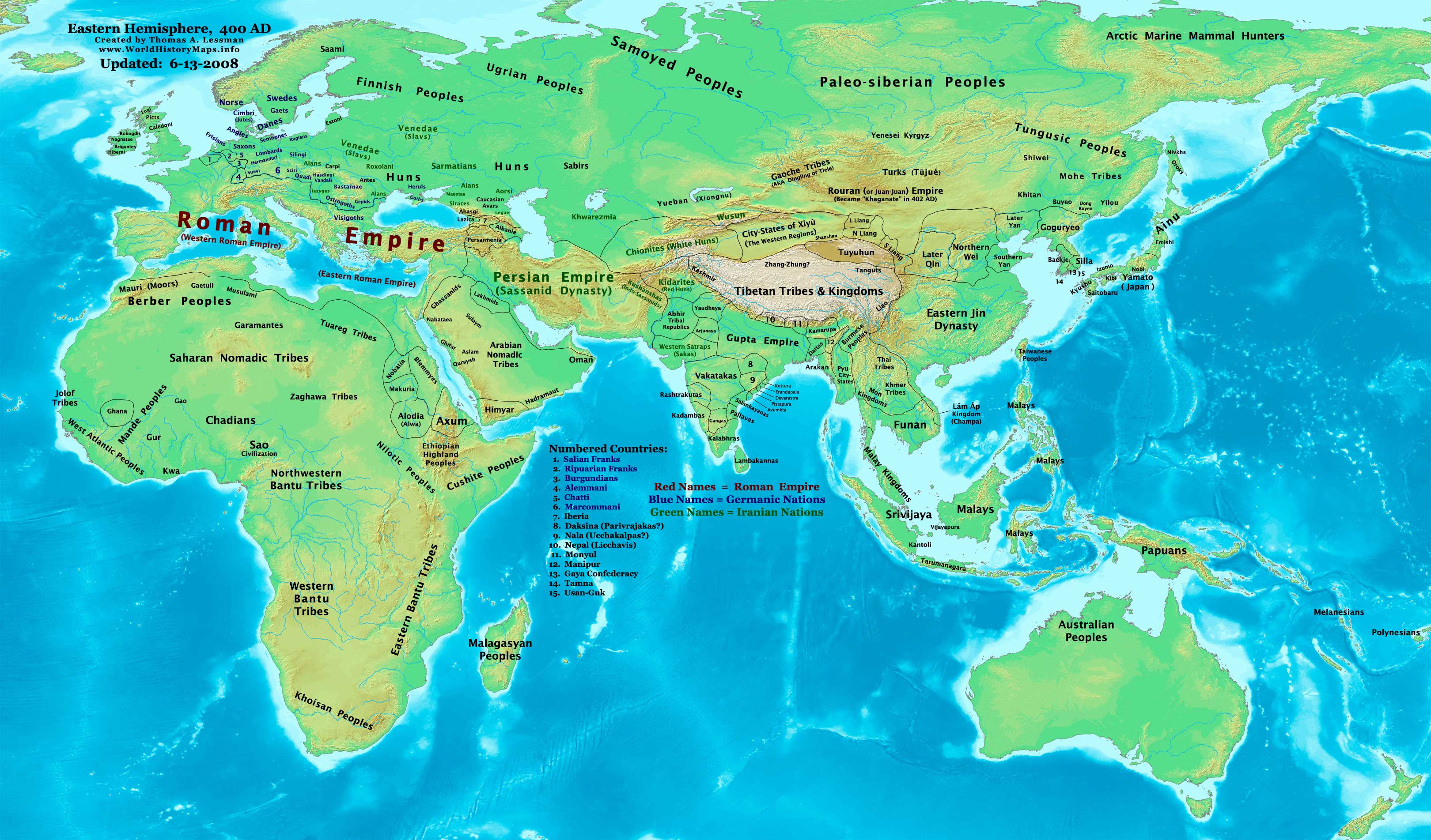|
Asterius The Sophist
Asterius of Cappadocia (Ἀστέριος; died c. 341) was an Arianism, Arian Christian theologian from Cappadocia. Few of his writings have been recovered in their entirety; the latest edition is by Markus Vinzent). He is said to have been a pupil of Lucian of Antioch, but it is unclear to what extent this was the case. He is said to have relapsed into paganism during the persecution under Maximian in 304 and thus, though received again into the church by Lucian and supported by the Eusebian party, never attained to ecclesiastical office. He was present at the Synods of Antioch, synod of Antioch in 341. Fragments of his ''Syntagmation'' are preserved by Athanasius of Alexandria and Marcellus of Ancyra. His extant works include a commentary on the Psalms, a letter to Eusebius, the ''Syntagmation'', and a few fragments.His works are listed in Mauritius Geerard, ''Clavis Patrum Graecorum. Volumen II: Ab Athanasio ad Chrysostomum'', (Turnhout: Brepols 1974) pp. 137–39. Asterius w ... [...More Info...] [...Related Items...] OR: [Wikipedia] [Google] [Baidu] |
Arianism
Arianism ( grc-x-koine, Ἀρειανισμός, ) is a Christological doctrine first attributed to Arius (), a Christian presbyter from Alexandria, Egypt. Arian theology holds that Jesus Christ is the Son of God, who was begotten by God the Father with the difference that the Son of God did not always exist but was begotten within time by God the Father, therefore Jesus was not coeternal with God the Father. Arius's trinitarian theology, later given an extreme form by Aetius and his disciple Eunomius and called anomoean ("dissimilar"), asserts a total dissimilarity between the Son and the Father. Arianism holds that the Son is distinct from the Father and therefore subordinate to him. The term ''Arian'' is derived from the name Arius; it was not what the followers of Arius's teachings called themselves, but rather a term used by outsiders. The nature of Arius's teachings and his supporters were opposed to the theological doctrines held by Homoousian Christians, r ... [...More Info...] [...Related Items...] OR: [Wikipedia] [Google] [Baidu] |
341 Deaths
__NOTOC__ Year 341 ( CCCXLI) was a common year starting on Thursday (link will display the full calendar) of the Julian calendar. At the time, it was known as the Year of the Consulship of Marcellinus and Probinus (or, less frequently, year 1094 ''ab Urbe condita''). The denomination 341 for this year has been used since the early medieval period, when the Anno Domini calendar era became the prevalent method in Europe for naming years or dates. Events By place Roman Empire * Emperor Constans I bans pagan sacrifices and magic rituals, under penalty of death. * Constans I begins a successful campaign against the Franks. India * Samudragupta of the Gupta Empire, during a decade, extends his kingdom and his influence. A pillar found at Allahabad sings his praises. By topic Religion * The Council of Encaenia is held in Antioch. * Paul I is restored as Patriarch of Constantinople. * Thousands of Christians are executed at Seleucia in Mesopotamia. * Copt ... [...More Info...] [...Related Items...] OR: [Wikipedia] [Google] [Baidu] |
Cappadocia (Roman Province)
Cappadocia was a province of the Roman Empire in Anatolia (modern central-eastern Turkey), with its capital at Caesarea. It was established in 17 AD by the Emperor Tiberius (ruled 14–37 AD), following the death of Cappadocia's last king, Archelaus. Cappadocia was an imperial province, meaning that its governor (''legatus Augusti'') was directly appointed by the emperor. During the latter 1st century, the province also incorporated the regions of Pontus and Armenia Minor. History Roman ally Prior to direct imperial rule, Cappadocia was one of the successor kingdoms of Alexander the Great's empire. The Kingdom of Cappadocia was ruled by the Ariarathid dynasty from 331 BC until 95 BC. Under Ariarathes IV, Cappadocia first came into contact with the Roman Republic as a foe allied to the Selecuid King Antiochus the Great during the Roman–Seleucid War from 192 to 188 BC. Following Rome's victory over Antiochus, Ariarathes IV entered friendly relations with the Republic by betr ... [...More Info...] [...Related Items...] OR: [Wikipedia] [Google] [Baidu] |
4th-century Arian Christians
The 4th century (per the Julian calendar and Anno Domini/Common era) was the time period which lasted from 301 ( CCCI) through 400 ( CD). In the West, the early part of the century was shaped by Constantine the Great, who became the first Roman emperor to adopt Christianity. Gaining sole reign of the empire, he is also noted for re-establishing a single imperial capital, choosing the site of ancient Byzantium in 330 (over the current capitals, which had effectively been changed by Diocletian's reforms to Milan in the West, and Nicomedeia in the East) to build the city soon called Nova Roma (New Rome); it was later renamed Constantinople in his honor. The last emperor to control both the eastern and western halves of the empire was Theodosius I. As the century progressed after his death, it became increasingly apparent that the empire had changed in many ways since the time of Augustus. The two emperor system originally established by Diocletian in the previous century fell in ... [...More Info...] [...Related Items...] OR: [Wikipedia] [Google] [Baidu] |
Arian Christians
Arianism ( grc-x-koine, Ἀρειανισμός, ) is a Christological doctrine first attributed to Arius (), a Christian presbyter from Alexandria, Egypt. Arian theology holds that Jesus Christ is the Son of God, who was begotten by God the Father with the difference that the Son of God did not always exist but was begotten within time by God the Father, therefore Jesus was not coeternal with God the Father. Arius's trinitarian theology, later given an extreme form by Aetius and his disciple Eunomius and called anomoean ("dissimilar"), asserts a total dissimilarity between the Son and the Father. Arianism holds that the Son is distinct from the Father and therefore subordinate to him. The term ''Arian'' is derived from the name Arius; it was not what the followers of Arius's teachings called themselves, but rather a term used by outsiders. The nature of Arius's teachings and his supporters were opposed to the theological doctrines held by Homoousian Christians, regardin ... [...More Info...] [...Related Items...] OR: [Wikipedia] [Google] [Baidu] |




